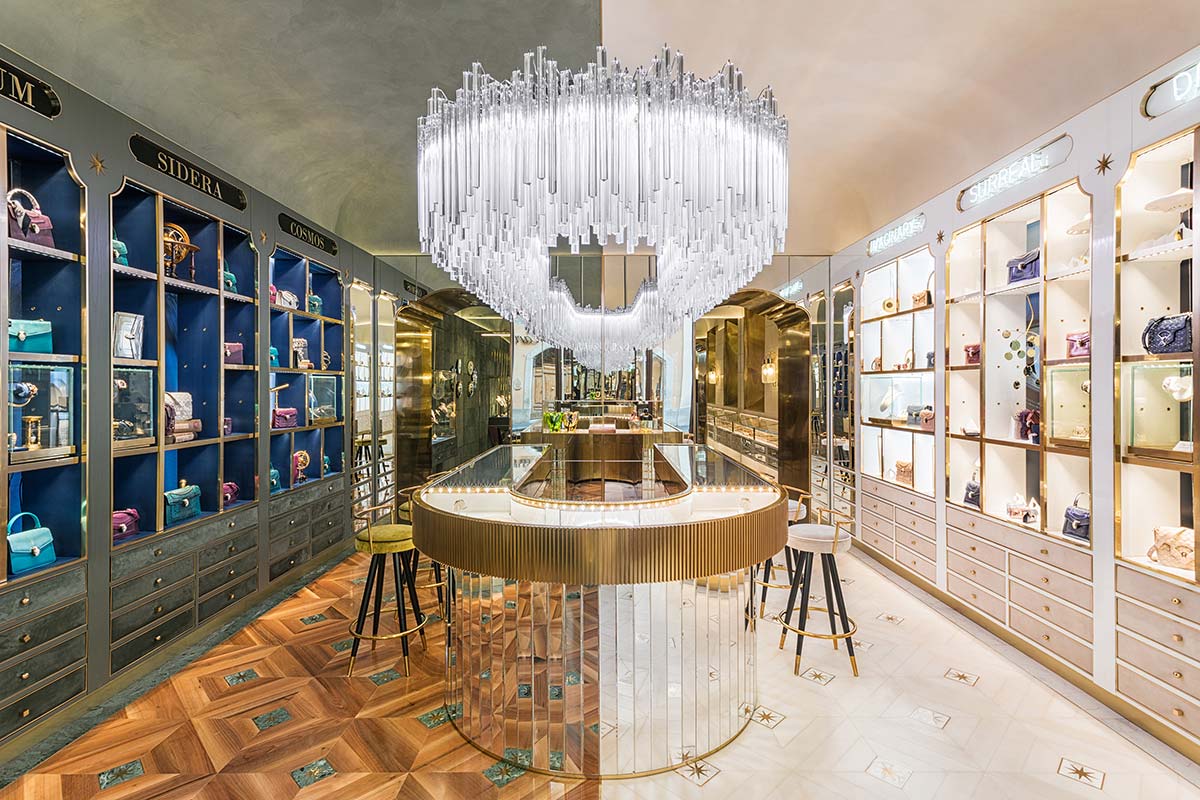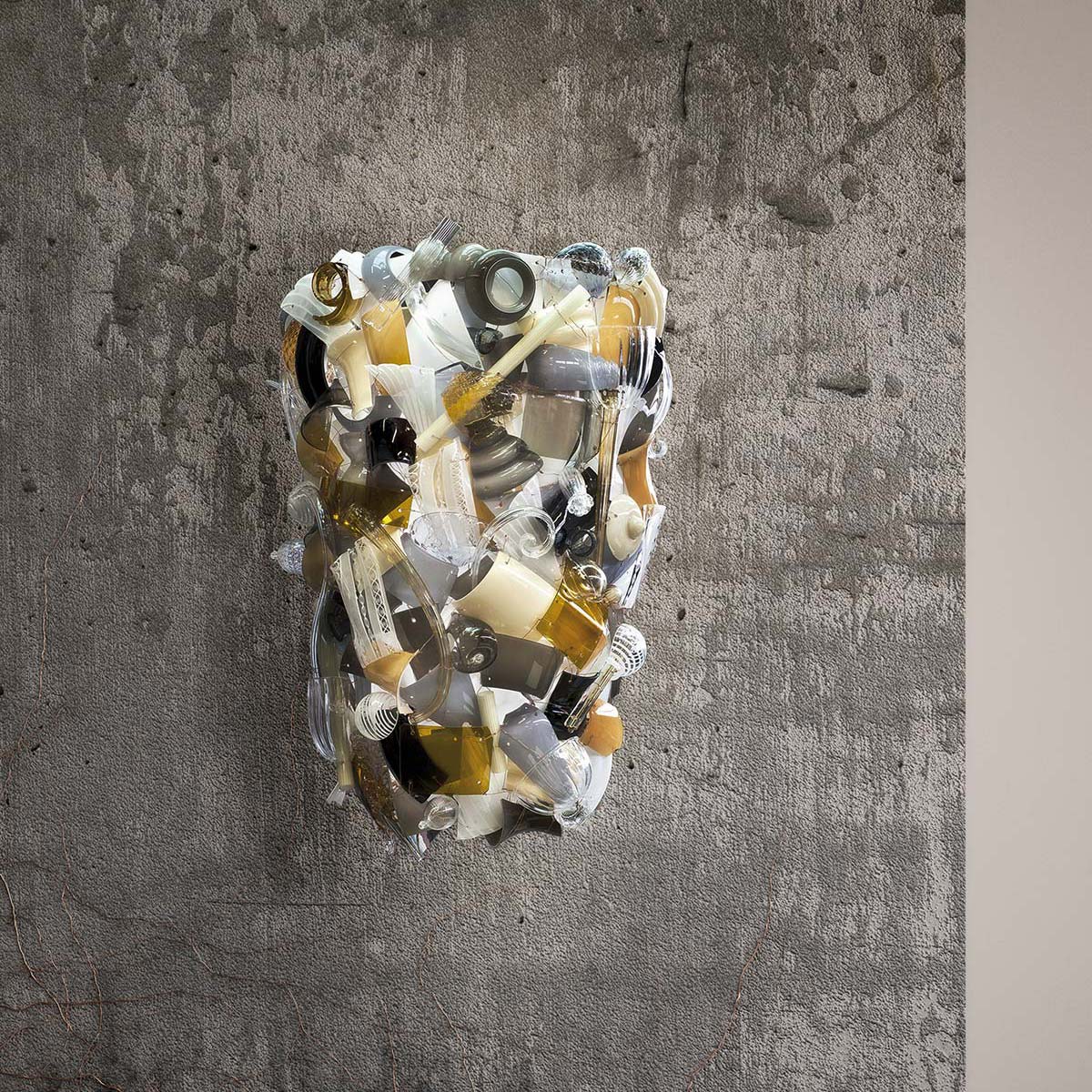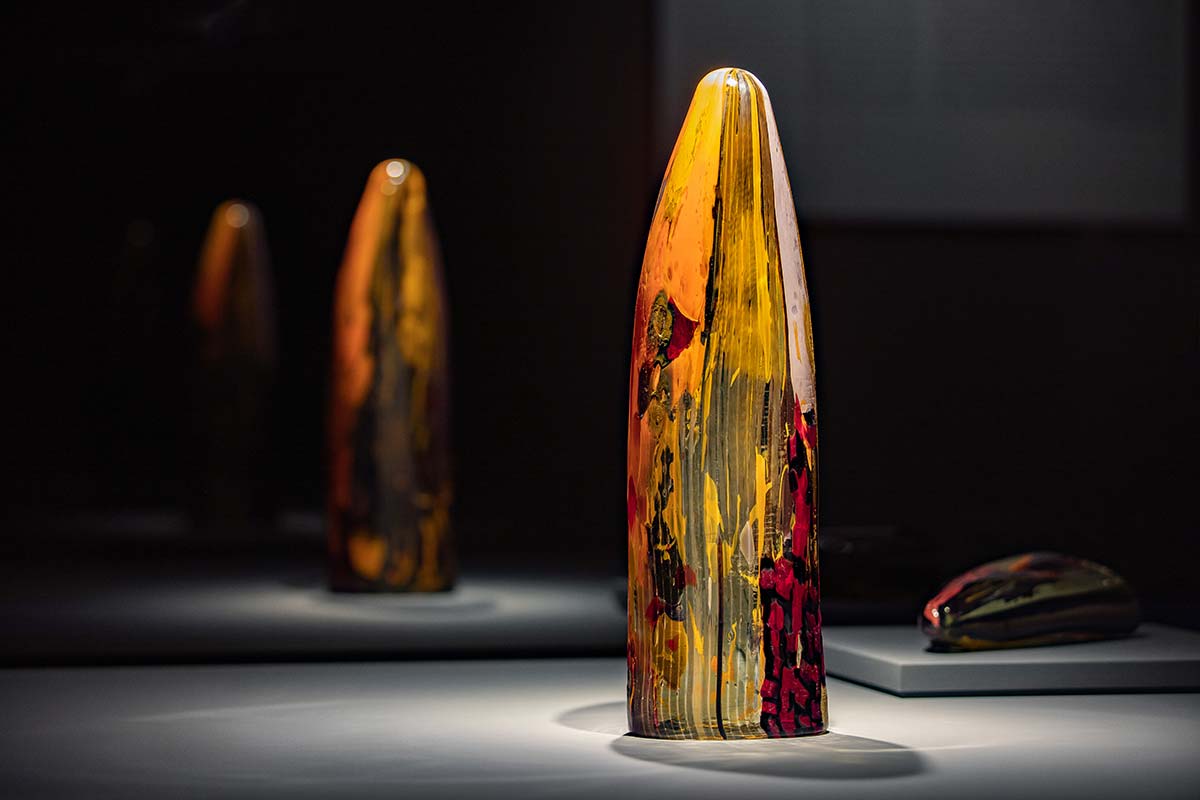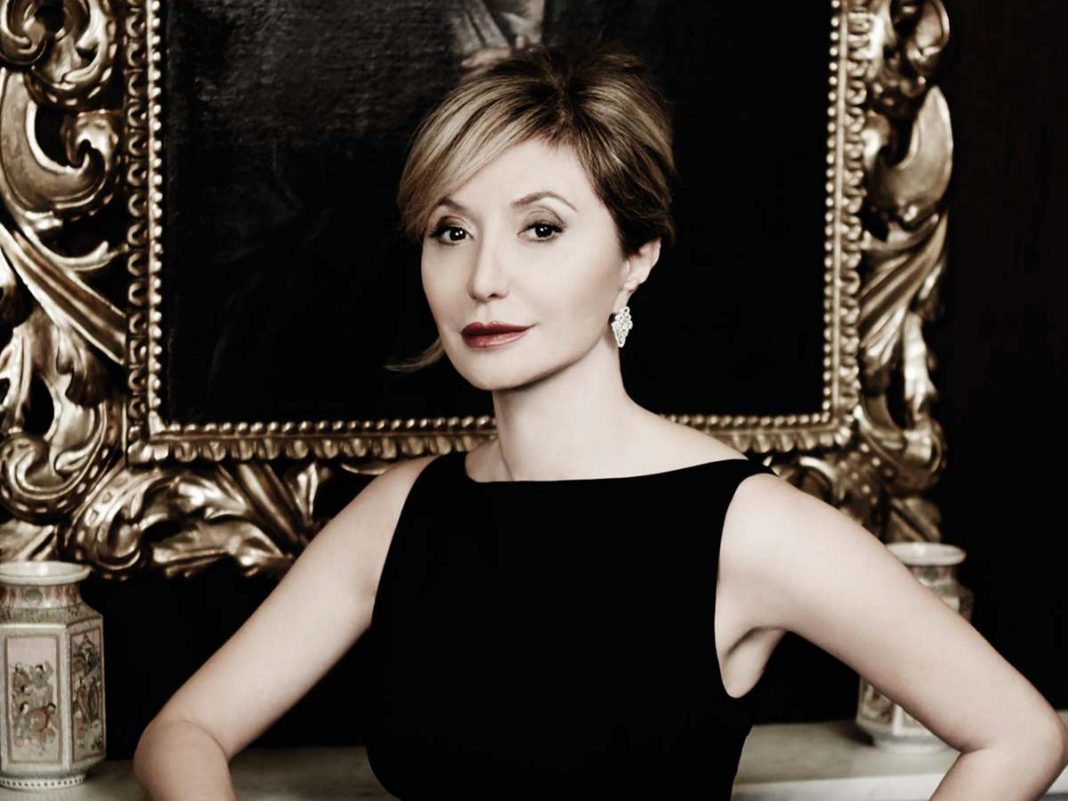Respect for heritage has been a key factor at Venini for an entire century; honoring the tradition, an art, a technique passed down in secret on the island of Murano, in the creation of works that are always new, thanks to the cutting-edge vision of those who have guided the brand from the outset. Today credit is due to the Damiani family and its third generation, which has given new life to Venini, “because our task is to improve, implement, augment and continue the prestige of the brand we have inherited, creating an improved legacy for the future,” in the worDS of the president of Venini, Silvia Damiani.
Damiani is to jewelry what Venini is to the art of glass. What is the outcome of this relationship?
There is a deep synergy between the two brands. Both are concerned with excellent craftsmanship (one with glass, the other in jewelry), meaning master artisans – goldsmiths and glassmakers – who pass on their art. They are two companies with the same historical background, founded in the same time period (1924 for Damiani, 1921 for Venini). There are many points of contact between them, in terms of production philosophy, Italian identity, highest quality, and even in terms of target, because those who seek beauty for their homes also desire it for their bodies, wearing jewelry and precious stones. The relationship gives us the possibility of displaying Venini products to Damiani customers, and vice versa, in our stores. Therefore, also from a commercial standpoint, the two brands support each other.
Starting in February Gruppo Damiani has become the sole owner of Venini: what projects do you have in mind for the brand?
My brothers and I immediately believed in Venini. After the acquisition of the majority share in 2016, we have recently acquired 100% of the shares, wagering on the collaboration of the brand in the group. We are attempting to develop this in the foreign affiliates of Gruppo Damiani: starting with the US market, which has always been important for Venini; we have recently invested in Korea and Japan, where we have direct affiliates, and in China. The fact that we have already established Damiani affiliates offers Venini the possibility of direct support with buyers in those countries.

Bulgari, Rome – Photo © courtesy of Bulgari
Does the brand’s growth also involve the contract sector?
Absolutely. For us, contract represents a very important aspect, regarding the production of artistic objects for lighting. Various interesting projects and collaborations are getting started, relying precisely on the historical background of the company, which already in the 1960s and 1970s was involved in major contract productions. We focus on 360-degree hospitality, with prestigious clients like Bulgari and Louis Vuitton, who choose Venini for their stores around the world. We want to continue the positive exploration of this theme: besides one-offs and customized items, we are planning modular elements that can be easily reinterpreted or changed to meet different needs, while still being immediately recognizable as Venini.
Another important milestone with Venini will be the centenary next year. What is the firm’s secret of ‘eternal youth’?
Innovating inside the tradition. My brothers and I represent a third generation, so we can embrace this concept as a way of thinking. We have always felt the tenets of Paolo Venini should be the cornerstone, along with the technique that represents an Italian heritage that has to remain unique; then, in design, we try to bring factors of ongoing innovation. This path is not so difficult, because it has always been part of the brand’s DNA. Venini was born in a moment in which its very clean forms (like those designed by Carlo Scarpa) were far from ordinary. We are very lucky because we have worked with the great masters and others who are less famous, but have the same artistic force. We have managed to create an in-house museum thanks to the archive of all the original drawings and pieces, and we hope to open it to the public soon. It will undoubtedly be a way to narrate the upcoming 100th anniversary.

Fragments by Venini, Design Fratelli Campana

La Sentinella di Venezia by Venini – Photo © Enrico Fiorese
Who purchases Venini today?
Over the years Venini has gained new fans, also among young people. But in general, Venini has two types of consumers: those who love the brand for decorating the home and, on the other hand, the Venini collectors, since we have introduced collections by Italian and international designers or artists over the years, in limited editions. These are products that gain in value over time; we have always worked to give a value to design as an expression of the present that will remain in the future. Venini is the brand that has reached the highest values in auctions: one of the highest bids for a work in Murano glass in history went to “La Sentinella di Venezia” designed by Thomas Stearns in 1962: 737,000 dollars. Furthermore, Venini has the advantage of the reputation of Italian design, which in recent decades has had an enormous value in the whole world, appreciated by those who want lifestyle Made in Italy, not just for furniture but also for home decoration.
Venini’s history has always been intertwined with that of the great masters of international design: what are the most outstanding collaborations?
There have been important artists even from the early years. Carlo Scarpa, Gio Ponti, Fulvio Bianconi, Napoleone Martinuzzi, and more recently Alessandro Mendini, Ettore Sottsass, Gae Aulenti, the Campana brothers… there are truly very many! I am fond of a lamp I have at home, Replicante, a piece by Mimmo Rotella, but I hope I have not forgotten anyone. We are very lucky because we have worked with the great masters and others who are less famous, but have the same artistic force. We have managed to create an in-house museum thanks to the archive of all the original drawings and pieces, and we hope to open it to the public soon. It will undoubtedly be a way to narrate the upcoming 100th anniversary.
The collaboration with Peter Marino is one of the most recent, and it has led to surprising results…
It all began when Peter Marino chose Venini to furnish the Louis Vuitton stores he was designing. We asked him to design the pieces himself, which we would then produce. This led to the Black Belt collection of vases, into which he put not only his creative style, but also a useful function he felt was missing: he did not want to make objects to show off, but vases that should always be filled with flowers! The forms are simple, of great elegance, featuring one of his favorite things, a belt made with the age-old “sommerso” technique. We will definitely continue to work with him, also for the new items in 2020.





















